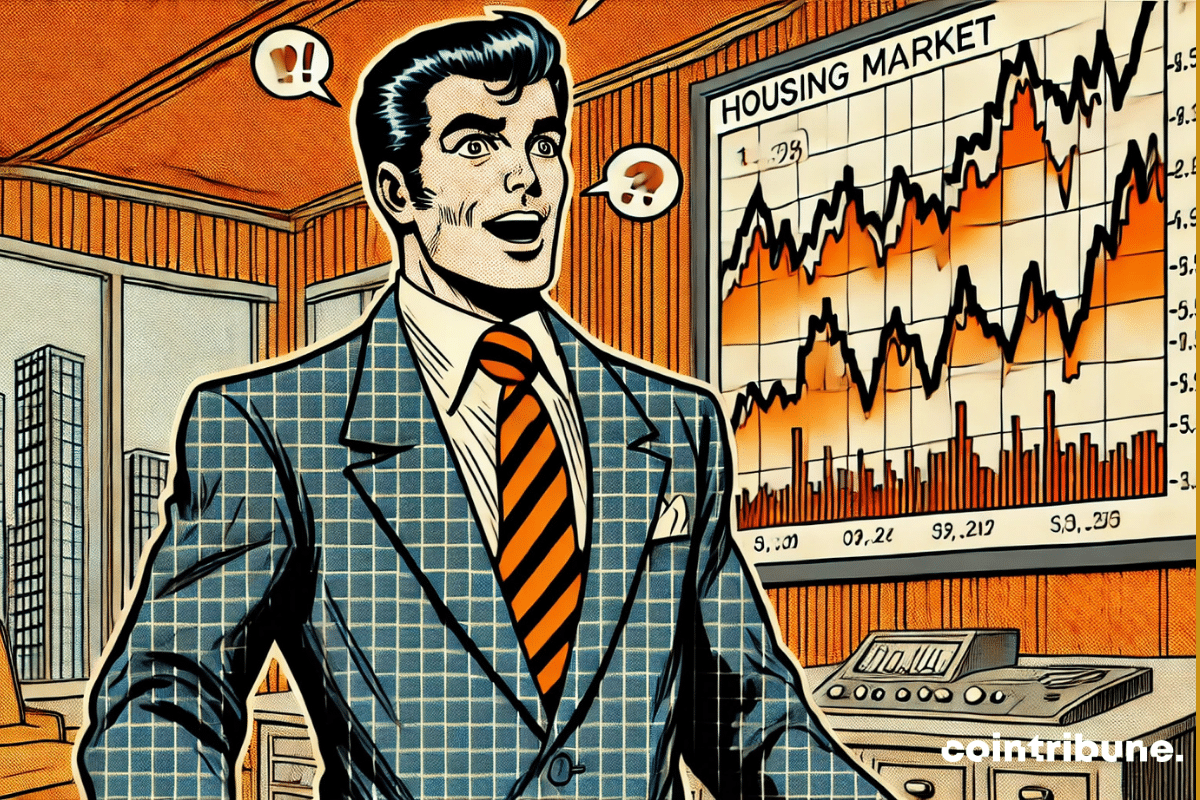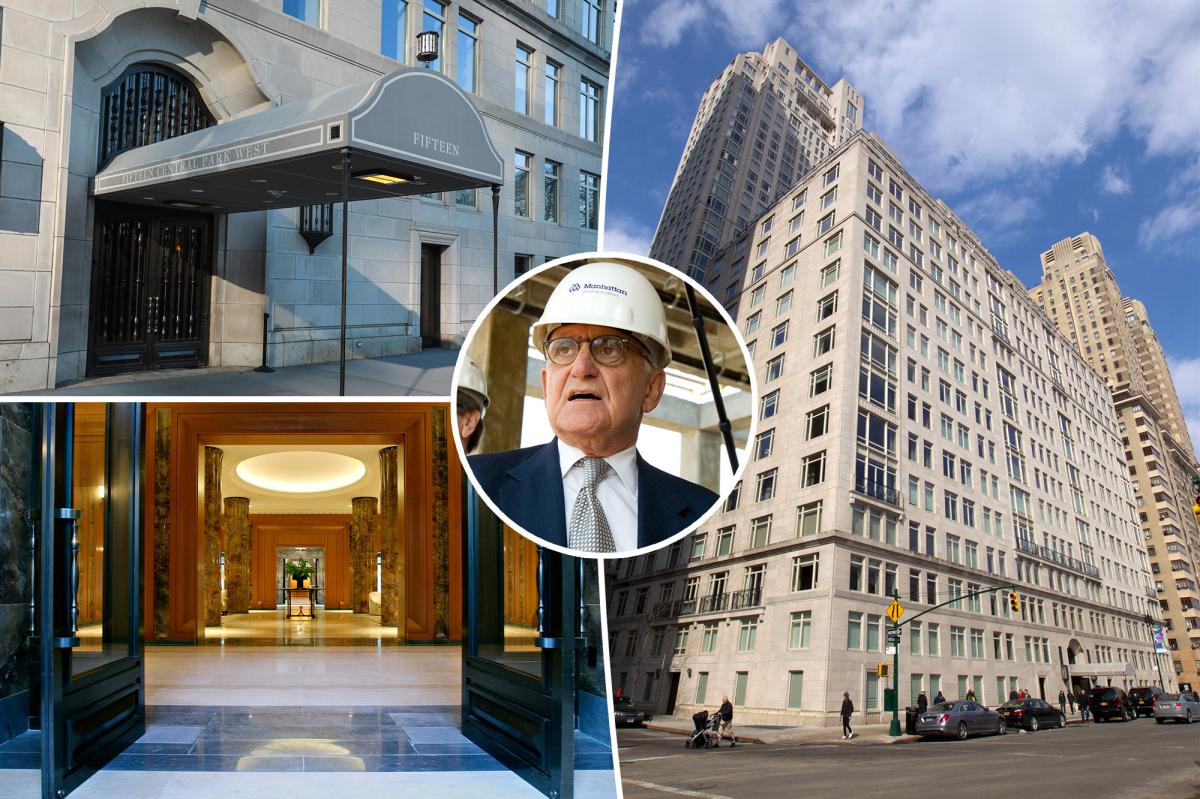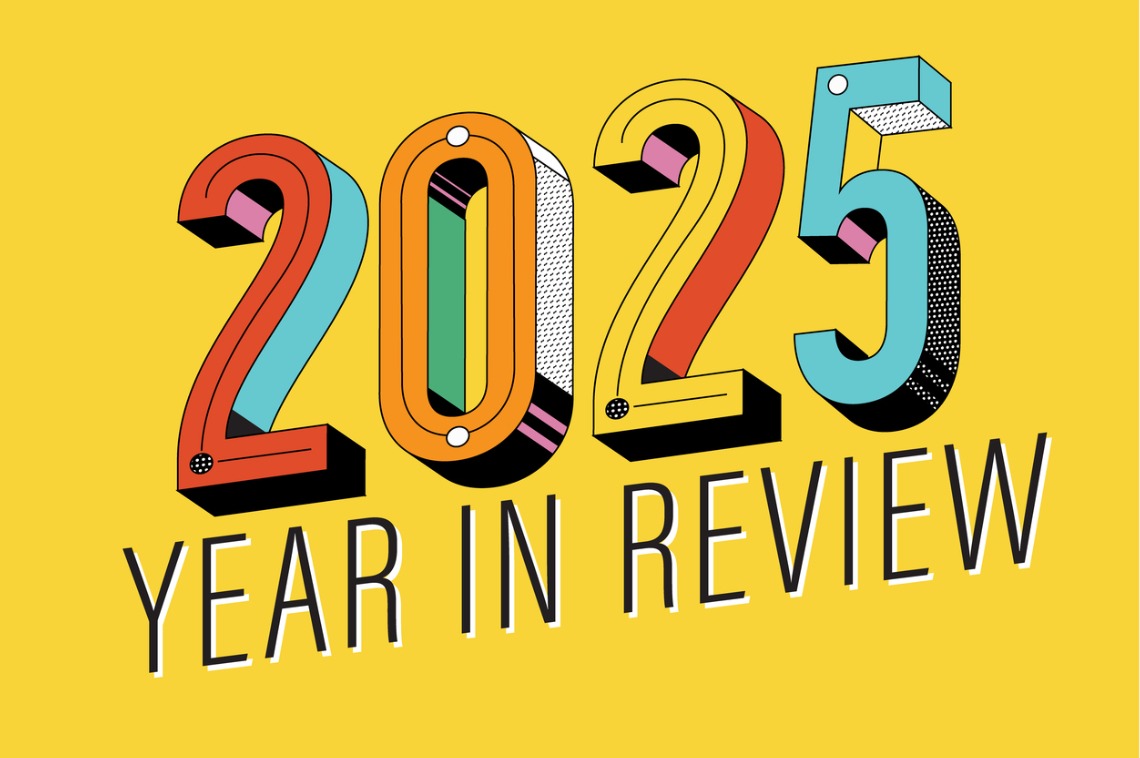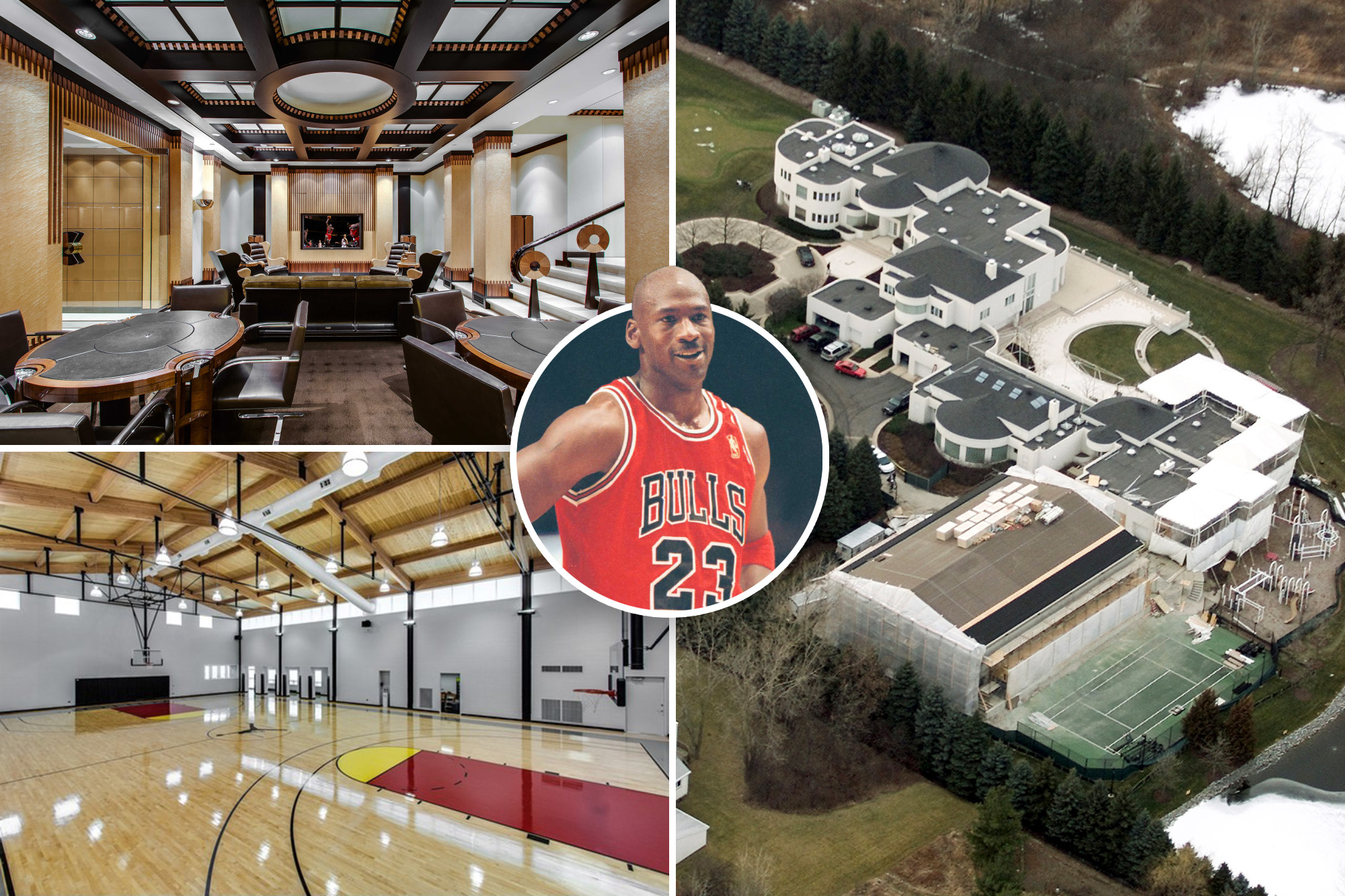T
he French real estate market is undergoing a seismic shift, driven by an unprecedented convergence of economic and regulatory factors. As the sector grapples with rising interest rates, tightened credit, and stringent environmental demands, its traditional fundamentals are being turned on their head.
A brutal correction has reshaped the market in 2024, with prices plummeting by 6.8% year-on-year – a drop of unprecedented magnitude in decades. Cities like Bordeaux (-9.1%), Nantes (-8.2%), and Lyon (-7.5%) have been particularly hard hit, while medium-sized cities that had enjoyed a post-Covid resurgence are now feeling the pinch.
The causes of this decline are multifaceted and deeply rooted in the market's structure. Unlike previous crises, which were largely driven by overproduction or credit excesses, the current context is characterized by a perfect storm of factors. The rise in interest rates has limited access to credit, while increasingly strict environmental regulations and an evolution in real estate usage have further exacerbated the situation.
The office market, once seen as a bellwether for real estate trends, is now in full transformation. In Île-de-France, vacancy rates have soared to 10.2%, with some inner suburbs experiencing rates of up to 19.7%. This is reminiscent of the 1993 crisis, when supply outstripped demand – but this time, the transformation is structural.
The widespread adoption of remote work and the rise of flexible office spaces are disrupting demand, while residential real estate is also feeling the effects. The rejection rate for real estate loans has risen to 35%, and purchasing power in real estate has dropped by 15% compared to 2021.
As the market enters a new phase, the value of properties will no longer be defined solely by their location. Instead, adaptability to new uses and environmental performance will become central criteria. With stricter regulations regarding energy performance on the horizon, poorly rated buildings risk losing even more value in the market.
For investors who can anticipate these changes, opportunities exist – but they require a nuanced approach that takes into account compliance with environmental standards, hybrid models between residential and tertiary usage, and increased flexibility to meet user expectations. Those who adapt will be rewarded, while those who cling to the old model of real estate as an asset risk being left behind.














